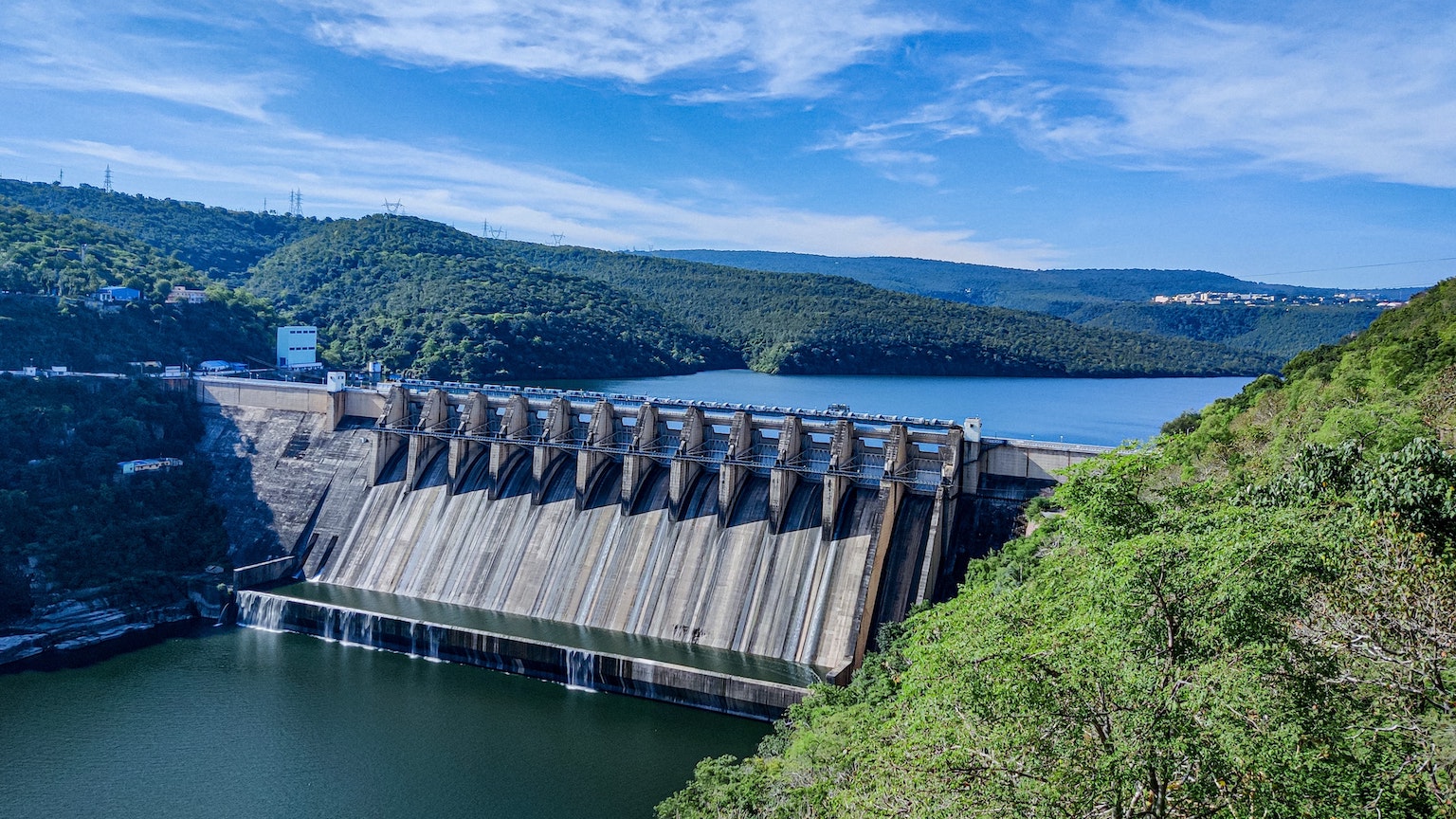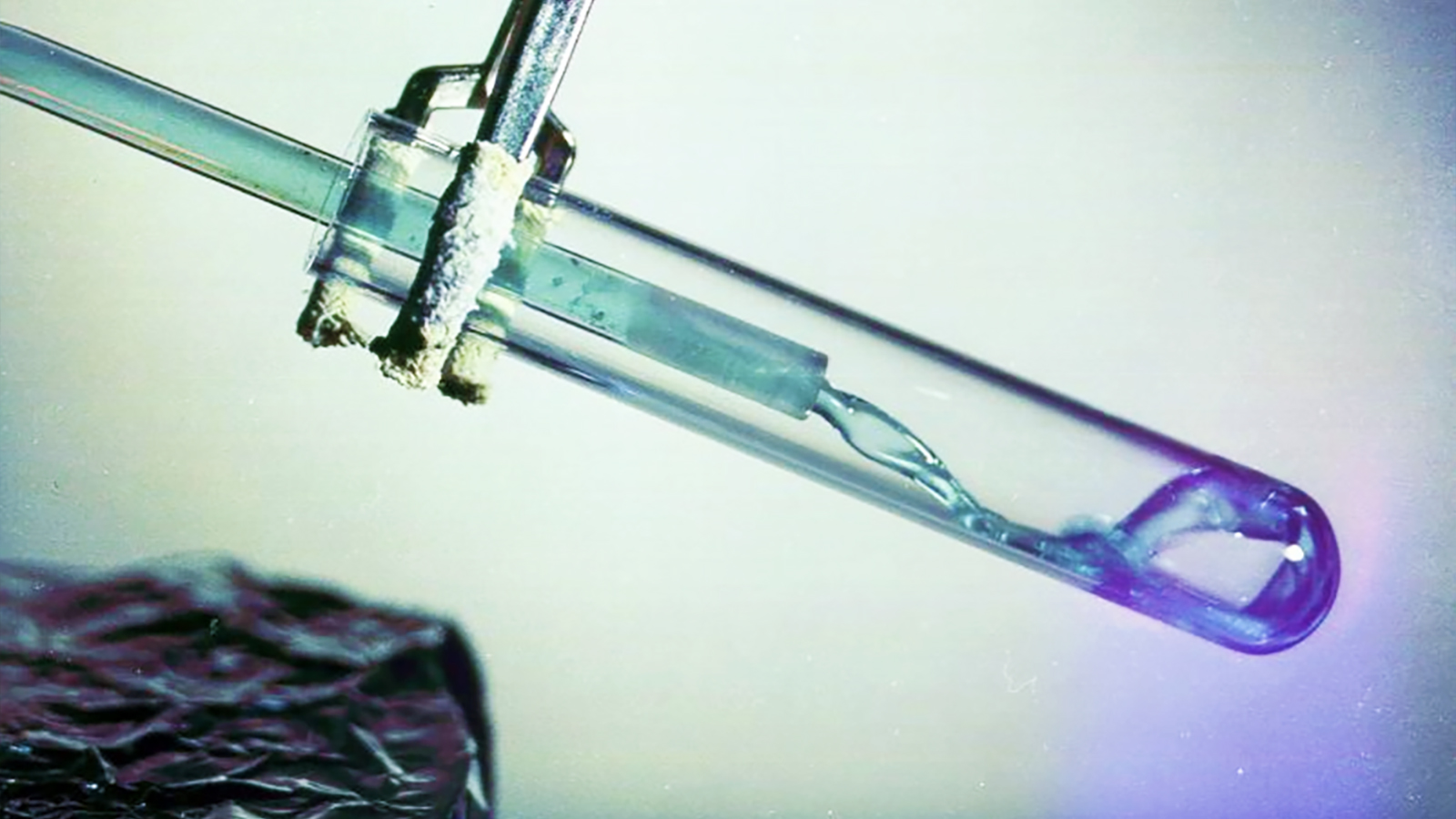After 50 years, fusion power hits a major milestone. The future of energy begins today

- Researchers at the National Ignition Facility in Livermore, California achieved net energy gain in a thermonuclear fusion experiment. But how great of a breakthrough is this, really?
- As soon as physicists realized how the Sun made its energy, they dreamed of getting the same process to work on Earth. They have worked on it since the 1950s and finally achieved success.
- There is still a long way to go. But we can now say with confidence that in the not-too-distant future, fusion power stations will generate all the world’s energy needs, cleanly and at incredibly low cost.
On Tuesday, the U.S. Department of Energy announced that researchers at the National Ignition Facility in Livermore, California, had achieved net energy gain in a thermonuclear fusion experiment. The result was hailed as one of the most important scientific breakthroughs of the 21st century and the first step toward the holy grail of a cheap, plentiful source of clean energy. The news ping-ponged around the media. I had the chance, very briefly, to explain what it meant on both NBC and MSNBC.
But what does it all mean? Are the results really as remarkable as the Department of Energy touts? And how long before we all have a Mr. Fusion in our kitchens?
Core fusion concepts
Along with being a professor at the University of Rochester Physics and Astronomy Department, I am also a scientist at the Laboratory for Laser Energetics, located just south of campus. The Laboratory is a premier laser fusion research facility, with $30 million per year in funding from the Department of Energy. It’s the smaller cousin of National Ignition Facility — a place where many ideas are first explored before taking them to Livermore. (The LLE can fire its lasers once every hour, while the NIF can only fire about once a day.)
From that vantage point, I have spent more than 20 years watching the push for fusion. And I can tell you that yes, without a doubt, Tuesday’s announcement is a very big deal indeed.
The Sun is powered by thermonuclear fusion reactions in its core. Four hydrogen nuclei — each with a single proton — are squeezed together to form a helium nucleus, with its two protons and two neutrons. In the process they release some energy, as described by E = mc2. The Sun pulls off this trick by using the gravitational crush of its ponderous mass — 330,000 times the mass of the Earth. All that gravitational squeeze forces temperatures at the Sun’s core past 10 million degrees Kelvin. This creates pressures that slam the hydrogen nuclei together hard enough for the needed nuclear transmutation to occur.
As soon as physicists realized this was how the Sun made its energy, they started to dream of getting the same process to work on Earth. But scientists don’t have 330,000 Earths-worth of mass to get things going, and there is a long-standing joke in fusion science circles that no matter when you ask, fusion will always be 20 years away. First, scientists tried using magnetic fields to generate the needed pressures. Later, they saw they could use converging laser beams to generate the squeeze. Regardless of the method, what matters is that since the 1950s there has been someone, somewhere, working to achieve fusion in a lab. The process has been painful and the progress slow.
It took decades, but we finally gained energy
While magnetic fusion and laser fusion (also called inertial confinement) have battled for supremacy, neither method had reached a point where any energy extracted by fusion reactions was greater than the energy put in to initiate those reactions. Simply put, there was no net energy gain.
When the Department of Energy decided to build the National Ignition Facility at the beginning of this century, the NIF immediately became the granddaddy of all laser fusion machines. It was so big that everyone expected net energy gain was just a few years away. But the Facility failed to deliver on those promises initially. Laser energy that was supposed to reach the target — a tiny capsule of deuterium and tritium — was being shunted away by the plasma generated in the capsule’s implosion. These initial failures left some wondering whether achieving fusion in the laboratory was simply impossible. Maybe the process was just too complicated, with too many instabilities that could thwart fusion ignition.
But the scientists at the National Ignition Facility finally prevailed. With patience and ingenuity, they worked and reworked the design of their experiments — the laser pulse, the fuel capsule, and anything else they could think of — and slowly they inched closer to their goal. Finally, they triggered a runaway thermonuclear ignition. Like a struck match, once the deuterium-tritium fuel started to burn, it gave off more energy than had been used to start the thermonuclear reactions. This result finally put the first part of the old “20-year” quip to rest. Fusion scientists have waited 50 years for this milestone, and now it is in the history books.
So, when will fusion power stations start to generate all the world’s energy needs, cleanly and at incredibly low cost? Well… in about 20 years. But the goal is attainable now. Before, we did not even know if fusion in the lab was possible. Now we know it is. Moving forward from here is about solving a lot of technical and engineering challenges. That will definitely take more than 10 years, but 20 or 30 years is now a realistic timetable for the development of a working commercial reactor. Now that we know it’s possible, there really is nothing to stop us.
The consequences of such a breakthrough are hard to fathom. Imagine what the world could do with a near-limitless supply of cheap, clean energy. What could we achieve? How might we progress? The implications soar beyond Earth. Nuclear fusion rockets would make continuous acceleration/deceleration to Mars and the rest of the solar system a reality. Rather than taking six to nine months to reach Mars, you could keep your motor on, accelerating and decelerating at 1G to arrive in just weeks. So indeed, there are many ways achieving fusion ignition is a game changer.





